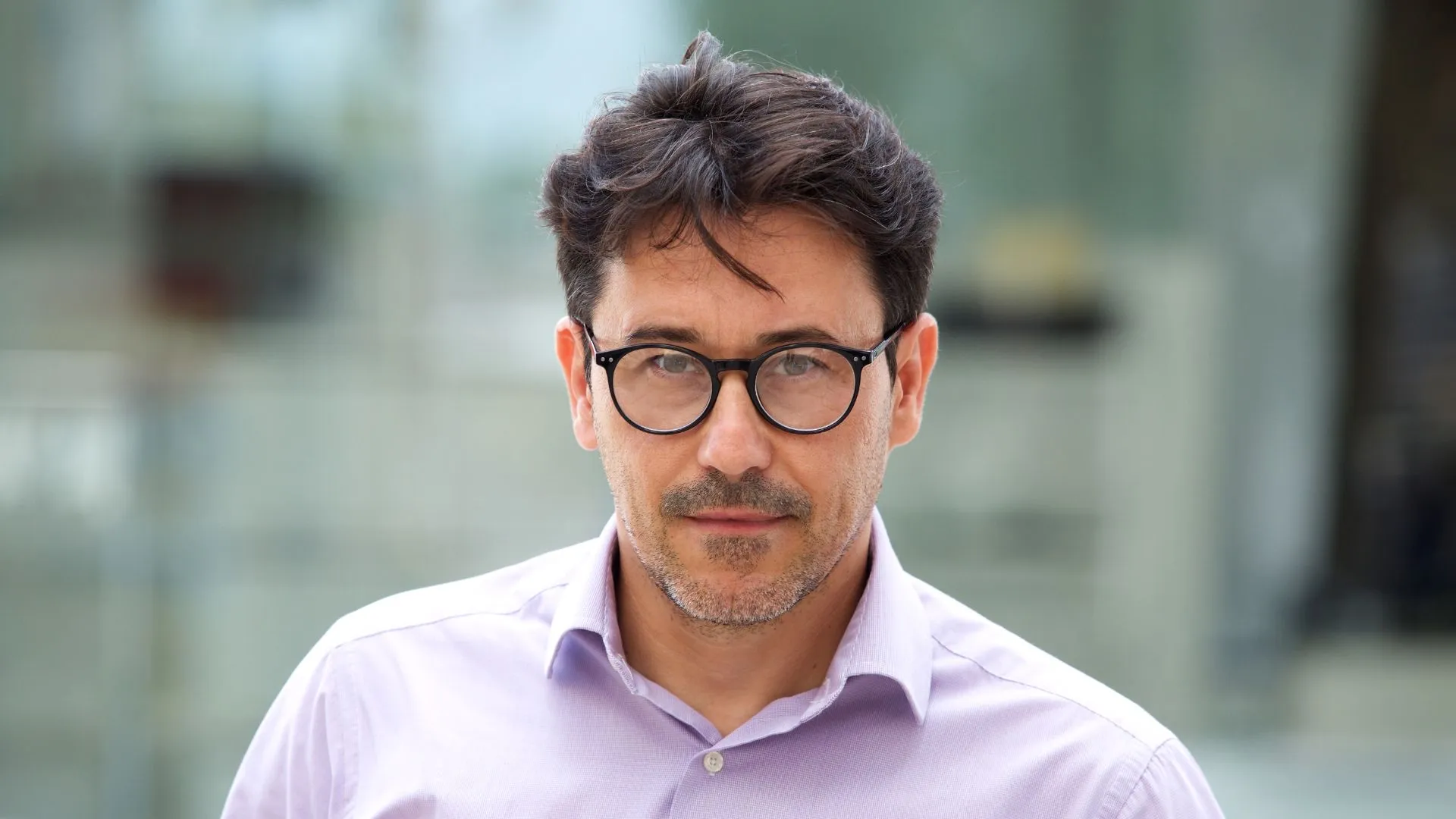Categories
There’s actually a real answer to this question! I’m excited because when I first read the question, it seemed like I’d probably have to just drone on with stuff you’ve already read. I was worried about writing another article about how LASIK helps people at varying stages of life to do things they need to do without the inconvenience of glasses and contacts. Sure, that’s a good message and I mean it when I write it. But also, if I write about those general principles too many times, eventually reading these articles will feel like you do if you have to sit next to your nice but exceptionally boring uncle at Thanksgiving. Just a guy with long, tedious stories you’ve heard 20 times before but you’re too polite to tell him that. Anyway, here’s the answer.
The two best ages to get LASIK are 18 and 45.
That’s assuming you’re a flawless candidate and you don’t have any outside factors influencing that number. I’ll address those outside factors next. The reason for these two ages specifically is that 18 is the youngest age I feel is prudent to get LASIK. Are there 17-year-olds who would do great with LASIK? Absolutely. Nothing magic happens the day you turn 18 (except the magic of gaining the right to vote, I suppose), but there has to be some line in the sand where you say, “Here I stand and I shall LASIK no younger.”
When someone gets LASIK at age 18, they are getting eyes that will work for distance and near vision for the longest time possible. As a bonus, people who are 18 heal amazingly well. By that, I mean their eyes respond to LASIK with a predictability that’s more like a mathematical equation than like living tissue. Being 45 is the later version of the same story. That age is the earliest that you can do blended vision in a way that should be permanent until old age gives you cataracts. It is, again, the way to get near and distance vision for the longest period of time.
Now we turn to the outside factors that would influence the best age to get LASIK.
These are important to address because they aren’t the exception, they’re the rule. The idea of LASIK at 18, if you’re a great candidate, remains pretty untouched by these factors because the only factor that would move it later is poor candidacy for medical or non-medical reasons. The factors involved in getting LASIK before or after age 45 all have to do with wanting to have good vision now.
There’s a saying that the best time to plant a tree was 20 years ago, but the second best time is now. That applies in a slightly modified version with LASIK. The best time to get LASIK is when you’re 18, but the second best time — if you want good vision — is now. Factors involved in wanting good vision now may be vocational, as it was for a 35-year-old I met who wanted to be in the Secret Service. The factors may be hobby-related, as it was for a 42-year-old I met who desperately wanted to do her triathlons without contacts. Or the factors may be from a grab bag of other random reasons for wanting no glasses right now, as it was for the 48-year-old I met who wanted LASIK because his contacts started massively irritating his eyes after 30 years of no problems with them.
In all of this, there’s often a difference between when something is ideal vs. when it is advisable. The ideal time to start eating right and exercising is middle school. If someone misses that window, it’s still highly advisable to start now whether they’re 18 or 81. For LASIK, the best age may be 18 or 45, but for those who are every age besides those two, it’s worth it to see if you’re a candidate and if it would do anything to make life easier for you. There are a lot of factors that matter more than a specific number, but they are all too wide-ranging to write out beyond saying this year may be the right year to get LASIK and plant a tree. For the rest of the wide-ranging factors in life-stage, I will save the details for my nieces and nephews at Thanksgiving next year.
